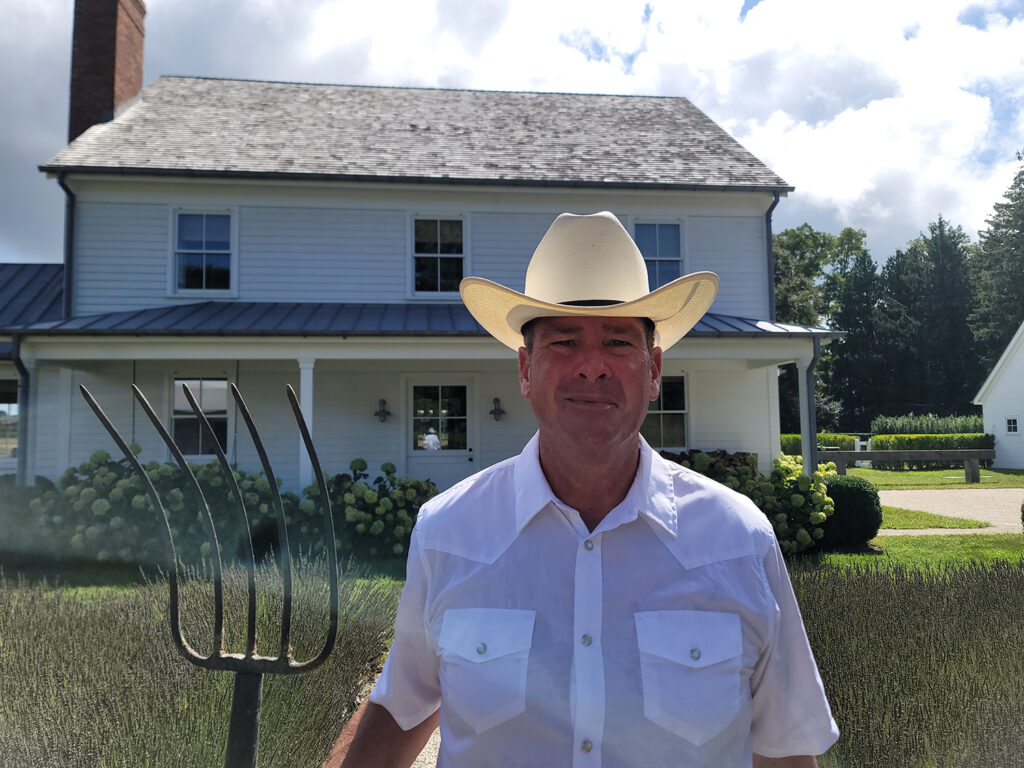Thiele bill aims to increase workforce housing

A new initiative to create low income housing in the five East end towns has been offered by Assemblyman Fred Thiele Jr.
As real estate prices are on the upswing, Assemblyman Fred Thiele Jr. (I-Sag Harbor) has introduced legislation that would authorize the five East End towns to create funds to offset the costs of building workforce, or low income, housing.The creation of funds would have to be authorized by a mandatory referendum in each town, but money would come not from taxpayers, but what the legislator terms an “impact fee” of $10 per square foot for all residential construction where the total floor area of a dwelling exceeds 3,000 square feet.
What’s more, money lent to those who purchased workforce houses wouldn’t have to be repaid until they sold their properties. Then a formula derived from the purchase price would determine the amount owed and that money would go back into the revolving fund for other borrowers.
An example would be a house built at 7,000 square feet would include a $40,000 surcharge to go into the fund.
If the fund provided a $200,000 loan towards the purchase of a $600,000 house, and if the house was resold 10 years later for $900,000, one third of the resale price, or $300,000, would be paid back to the town at the time of the resale, which would be returned to the fund.
Those seeking workforce housing could receive no-interest loans of up to $250,000 under Mr. Thiele’s plan and engage in counseling to assist them in the process of financing a house. Legal restrictions would have to determine the means of acquiring and setting aside housing stock that would be available for low income families.
“The adverse impacts from the lack of housing opportunities are substantial,” Mr Thiele said. Those impacts include employers having difficulty filling jobs and retaining employees because of high housing costs and a lack of availability, he added.
Local volunteer emergency services — firefighters and ambulance crews — experience difficulty in recruitment and retention, he said. Even some long-time residents must leave the area for less expensive places, he said.
Traffic congestion is exacerbated by laborers having to be brought in from other areas, Mr. Thiele said.
“The unique demographics and economics in the Peconic Bay region are creating this housing shortage,” Mr. Thiele said. Because the East End is increasingly attractive to wealthy individuals who can afford luxury homes, it has created housing problems for local families.
Forty percent of all housing units in the region are seasonal, Mr. Thiele said. The population of about 130,000 people swells to more than 300,000 during the summer season and the demand for land for luxury and seasonal houses and seasonal rentals has left a short supply of housing opportunities for moderate income and working class locals, he said.








